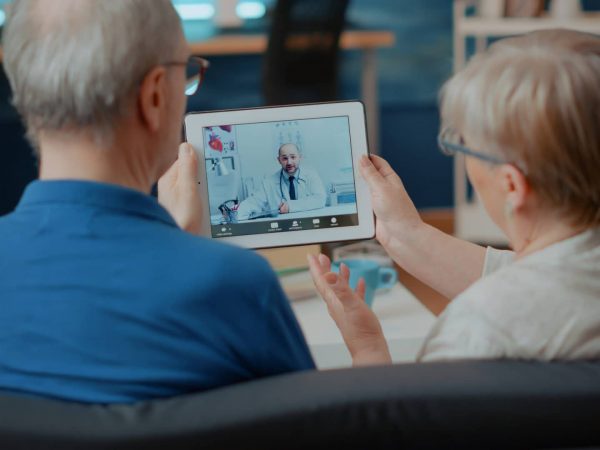
The landscape of healthcare is undergoing a profound transformation, with telehealth emerging as a revolutionary tool in chronic condition management. Chronic diseases, such as diabetes, heart disease, and hypertension, impose a significant burden on individuals and healthcare systems worldwide. Traditional approaches to managing these conditions often involve frequent clinic visits, which can be time-consuming, costly, and inconvenient for patients. However, with advancements in technology and the widespread adoption of telehealth platforms, the future of chronic condition management is poised for dramatic improvement.
Telehealth offers a multitude of benefits for individuals living with chronic conditions. Firstly, it enhances accessibility to healthcare services, particularly for those in rural or underserved areas. Through telehealth platforms, patients can consult with healthcare providers remotely, eliminating the need for long-distance travel and reducing barriers to access. Moreover, telehealth enables real-time monitoring of vital signs and symptoms, empowering patients to take a more active role in managing their health. Wearable devices and mobile applications can collect and transmit data to healthcare providers, facilitating timely interventions and personalized treatment plans.
Additionally, telehealth promotes continuity of care by facilitating regular follow-ups and communication between patients and providers. This continuous engagement can lead to improved adherence to treatment regimens and better health outcomes. Furthermore, telehealth interventions have been shown to enhance patient satisfaction and engagement, as they offer greater convenience and flexibility in scheduling appointments. By reducing the need for in-person visits, telehealth also minimizes the risk of exposure to infectious diseases, a particularly important consideration in light of recent global pandemics.
Despite its potential, telehealth faces several challenges and considerations in the context of chronic condition management. One significant challenge is the digital divide, which refers to disparities in access to technology and internet connectivity among different populations. Socioeconomic factors, such as income level and education, can influence individuals’ ability to access and utilize telehealth services effectively. Addressing this disparity will require concerted efforts to improve infrastructure and expand broadband access, particularly in rural and underserved communities.
Another challenge is ensuring the security and privacy of patient data transmitted through telehealth platforms. As telehealth involves the exchange of sensitive health information over digital networks, robust cybersecurity measures are essential to protect patient confidentiality and comply with regulatory requirements such as HIPAA. Healthcare organizations must invest in secure technology solutions and implement protocols to safeguard patient data against breaches and unauthorized access.
Furthermore, the effectiveness of telehealth interventions in chronic condition management depends on factors such as patient engagement, provider reimbursement policies, and integration with existing healthcare systems. Encouraging patients to adopt telehealth technologies requires education and support to overcome barriers such as digital literacy and resistance to change. Similarly, healthcare providers need adequate training and incentives to embrace telehealth as part of their practice and ensure high-quality care delivery.
Despite these challenges, the future of chronic condition management through telehealth appears promising. Continued advancements in technology, such as artificial intelligence and remote monitoring devices, will further enhance the capabilities of telehealth platforms. Machine learning algorithms can analyze large datasets of patient information to identify patterns and predict disease progression, enabling proactive interventions and personalized treatment strategies.
Moreover, the integration of telehealth into mainstream healthcare delivery models is likely to accelerate in the coming years. Healthcare systems are increasingly recognizing the value of telehealth in improving access, efficiency, and patient outcomes. Policy initiatives and reimbursement reforms that incentivize telehealth adoption will further drive its integration into routine care practices. Additionally, collaborations between healthcare providers, technology companies, and policymakers will be essential to address regulatory barriers and promote interoperability between telehealth systems and electronic health records.
In conclusion, telehealth holds immense potential to revolutionize the management of chronic conditions and transform the future of healthcare delivery. By leveraging technology to overcome barriers of access, distance, and time, telehealth enables more efficient, personalized, and patient-centered care. However, realizing this potential requires addressing challenges such as the digital divide, cybersecurity concerns, and provider engagement. Through collaborative efforts and continued innovation, telehealth can pave the way for a more equitable, accessible, and effective healthcare system, empowering individuals to better manage their chronic conditions and improve their quality of life. Contact BlueStar today to learn more about how to make BlueStar’s patient monitoring solutions part of your care strategy.